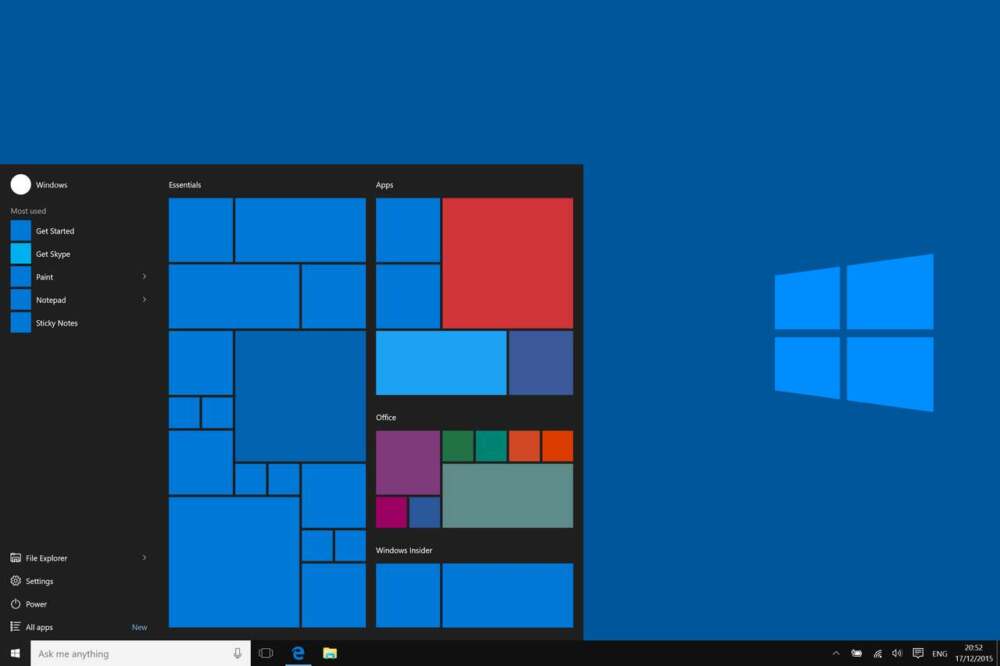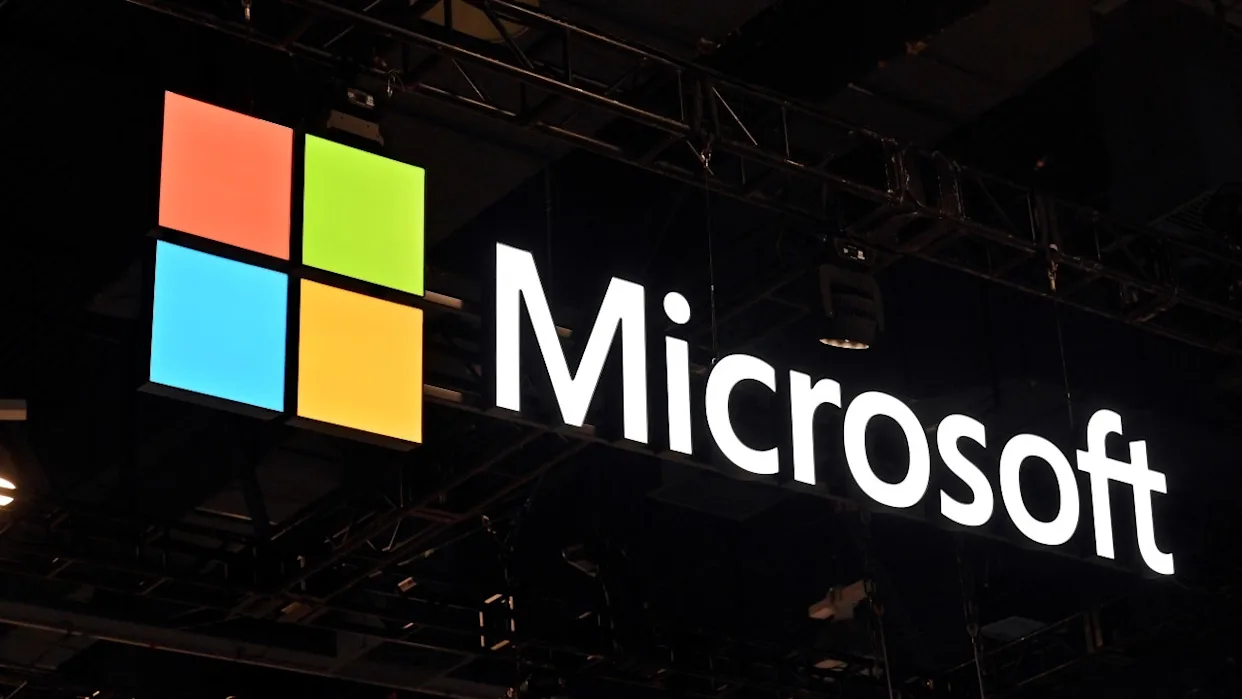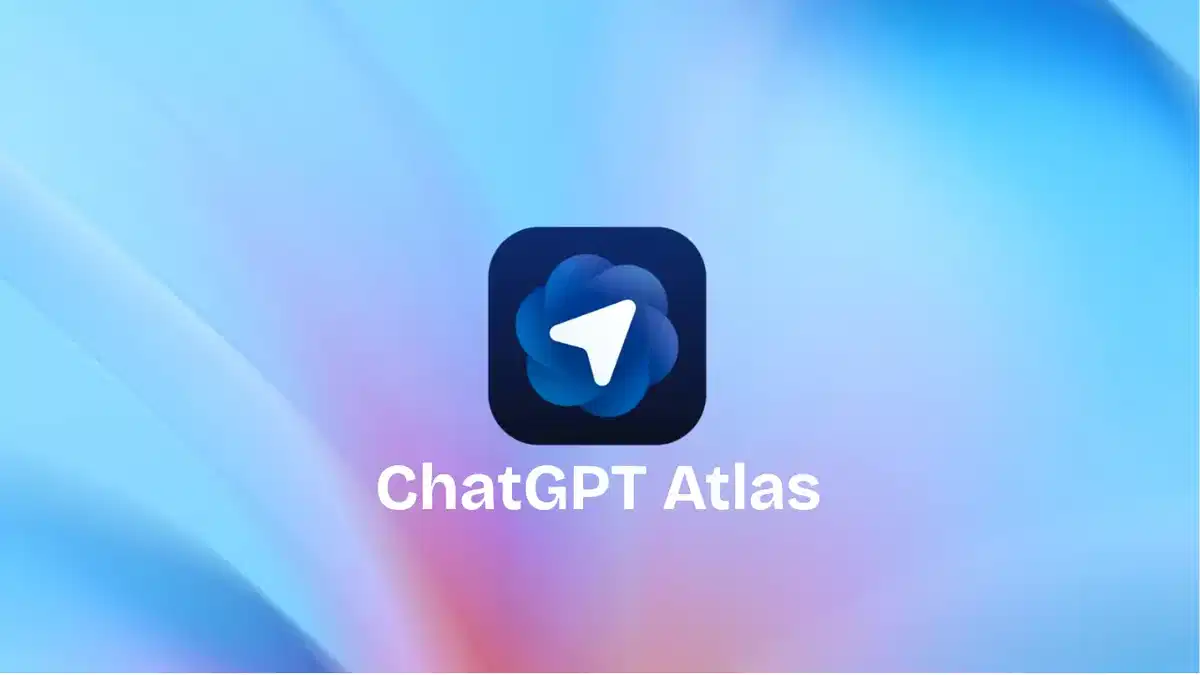After nearly ten years of service, Microsoft is preparing to retire one of its most popular operating systems. On October 14, 2025, official support for Windows 10 will come to an end, marking the close of an era for hundreds of millions of users worldwide. The move will end regular security updates, technical assistance, and feature upgrades — effectively pushing users to upgrade or take alternative action to stay protected.
Yet, all is not lost for those who prefer to keep their familiar setup a little longer. Microsoft is offering a lifeline through its Extended Security Updates (ESU) program, which can provide an extra year — or more, for certain users — of essential security fixes.
What End of Support Really Means
When support for Windows 10 officially ends, the operating system won’t suddenly stop functioning. Computers running it will continue to boot, open applications, and connect online. However, they will no longer receive the crucial updates that keep them safe from newly discovered cyber threats.
Without regular patches, vulnerabilities in the system become easy targets for hackers. Outdated software also risks compatibility issues with newer apps, browsers, and drivers. For businesses, staying on an unsupported OS can also create compliance problems under data-security regulations.
In short, end of support means the clock is ticking for anyone who wants to keep their data — and devices — safe.
The Extended Security Updates Option
To bridge the gap between the Windows 10 shutdown and the full migration to Windows 11, Microsoft has introduced the Extended Security Updates program. The ESU is designed primarily for users who, for various reasons, can’t immediately upgrade their hardware or software.
Under this plan, users can receive critical and important security updates for one additional year, lasting until October 13, 2026. Unlike standard support, ESU won’t deliver new features, interface changes, or performance improvements — it’s strictly focused on patching serious vulnerabilities.
Businesses and educational institutions may be able to extend this protection for as long as three years, depending on their licensing agreements, but for most home users, the free or low-cost option lasts a single year.
How to Get the Extra Year for Free
Microsoft has designed several paths for users to activate this bonus year of protection. While some may involve a small fee, others can be accessed without paying a dime.
- Sign in with a Microsoft Account – Many users will automatically qualify for ESU if their PC is linked to a Microsoft account. This allows Microsoft to verify the device and push updates directly.
- Use Built-in Backup or Cloud Services – Activating Microsoft’s cloud backup features can also unlock free ESU access, as the company encourages users to connect their data with online services.
- Redeem Reward Points or Promotions – In certain regions, users can trade accumulated Microsoft Rewards points for an additional year of support.
- Optional Paid License – For those who prefer not to use online services, Microsoft will reportedly offer a low-cost subscription for extended updates, estimated around thirty dollars for a single device.
However, the company has made it clear that this grace period is temporary. When the extension expires in 2026, all versions of Windows 10 will be considered obsolete.
What Happens If You Do Nothing
Remaining on Windows 10 after its final support date carries several risks:
- Security vulnerabilities: Without new patches, viruses and malware targeting Windows 10 will go unchecked.
- Software incompatibility: Future versions of major applications — browsers, games, and productivity tools — may eventually stop running on the older system.
- Loss of compliance: Businesses using unsupported software could violate security and privacy standards.
- Performance degradation: Without driver and firmware updates, system stability could decline over time.
For casual users who rely mainly on offline tools, the system may continue to run fine for a while. But for those who bank, shop, or work online, continuing with an unprotected operating system becomes increasingly dangerous.
Upgrade or Extend: Your Options
1. Upgrade to Windows 11
The safest path is to move to Windows 11, which brings enhanced security, better power efficiency, and a refreshed interface. The upgrade is free for most Windows 10 users whose devices meet modern hardware requirements, including a Trusted Platform Module (TPM 2.0) and secure boot compatibility.
2. Enroll in ESU
If your hardware doesn’t meet those requirements or you’re not ready to change your setup, the Extended Security Updates plan buys extra time. It’s a short-term shield — not a permanent solution — but it can keep your PC protected while you plan your next move.
3. Explore Alternatives
Older hardware that can’t run Windows 11 may find new life under lightweight operating systems such as Linux distributions. For basic computing needs, these open-source options can be surprisingly fast and secure.
4. Enhance Your Security
Even with ESU, users should reinforce their defenses: use strong antivirus software, enable two-factor authentication, and back up files regularly. The less reliant your system is on outdated code, the safer it will be.
Why Microsoft Is Making the Change
Windows 10’s retirement is part of Microsoft’s strategy to consolidate its ecosystem under Windows 11 and upcoming AI-powered versions of the OS. The company aims to modernize security foundations, integrate cloud-based features, and streamline updates.
As technology moves toward AI-assisted computing and integrated cloud workflows, Microsoft wants its user base aligned on newer architectures that can support these capabilities. Continuing to maintain two major consumer operating systems indefinitely is both costly and inefficient for the company.
The Bottom Line
Windows 10’s end of support marks a pivotal moment for millions of users worldwide. Whether you embrace Windows 11, switch systems, or take advantage of the extra year through ESU, one thing is clear: time is running out for the old operating system.
Those who act early will enjoy a smoother transition and stronger protection. Those who wait may find themselves navigating a digital landscape filled with growing risks. The best approach is to plan now — before the final update rolls out in October 2025.
















Leave a Reply